How does peat become coal? Answers
What process causes peat to become coal? Peat becomes coal after being subjected to pressure from overlying sediments for long periods of time. Water and other organic materials are squeezed out ...
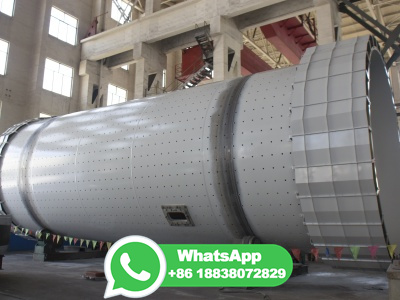
What process causes peat to become coal? Peat becomes coal after being subjected to pressure from overlying sediments for long periods of time. Water and other organic materials are squeezed out ...

Coal is formed from the physical and chemical alteration of peat. Peat is composed of plant materials that accumulate in wetlands ( bogs and fens), which break down through the process of peatification. If peats are buried, then the peats can be altered into different ranks of coal through the process of coalification.

The process that describes how bituminous coal forms from dead organic material and peat is compaction. Dead organic material, such as plants and trees, accumulates in wetlands and swamps to form peat over a period of thousands of years. As more and more organic material is added, the weight of the layers above causes the peat to become ...

For the peat to become coal, it must be buried by sediment. Burial compacts the peat and, consequently, much water is squeezed out during the first stages of burial. Continued burial and the addition of heat and time cause the complex hydrocarbon compounds in the peat to break down and alter in a variety of ways.

Peat forms during glacial periods, when the polar ice sheets grow and the sea level falls. Then, when the ice melts and the sea floods into the swamps, the peat is preserved, locked away beneath new marine sediment. In some places, the rock record attests to dozens of these repeating marine and nonmarine layers, known as cyclothems.

Over hundreds of thousands of years, it will become coal. The peat may surface at some point because of tectonic forces causing uplift, or some other cause of exposure to the surface. Wiki User

Heating causes hydrocarbon compounds (compounds composed of hydrogen, carbon, and oxygen) in the peat to break down and alter in a variety of ways, resulting in coal. In general, moisture and gases (for example, methane, carbon dioxide) are systematically expelled from the peat and resulting coal with increasing burial and heat.

Weegy: Peatification and coalification are the two processes that turn peat into coal. Score 1 User: What have caused the most recent mass extinction of species Weegy: Humans have caused the most recent mass extinction of species. Score 1 User: Which process causes minerals to become concentrated in certain areas Weegy: Volcanic activity a ...
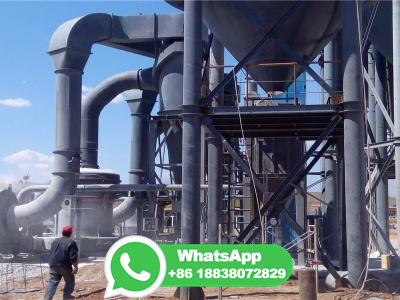
This process is referred to as 'coalification'. ... Initially peat, the precursor of coal, was converted into lignite or brown coal a coal type with low organic 'maturity'. ... As this process continued, further chemical and physical changes occurred causing these coals to become harder and more mature, at which point they are classified as ...
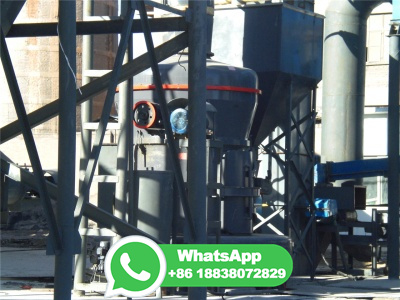
Over time heat and pressure cause the peat to change into what type of coal. Bituminous. As the lignite coal becomes buried by more sediments heat and pressure change it into what coal type. Anthracite. When bituminous coal is heated and squeezed during metamorphism this type of coal forms.

Coalification is a chemical process in which hydrogen and oxygen are lost from the original peat fool, increasing the ratio of carbon to other elements. This involves alteration to the remaining molecules of the material, in particular the conversion of lignin to vitrinite. Coalification is not an allornothing process: rather it produces coal ...
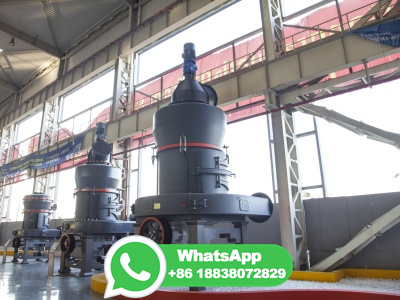
11K views, 345 likes, 17 loves, 11 comments, 342 shares, Facebook Watch Videos from Learning Geology: How is Coal Formed? . . Coal is formed when peat is altered physically and chemically. This...

Peat is the first step in the formation of coal, and slowly becomes lignite after pressure and temperature increase as sediment is piled on top of the partially decaying organic matter. In order to be turned into coal, the peat must be buried from 410 km deep by sediment. [2] Since peat becomes coal over time, it is classified as a fossil product.

The process that caused peat to become coal is called coalification. It involves the conversion of plant material, such as peat, into coal through a series of geological and chemical changes over millions of years. The process begins with the accumulation of plant material in a wet, oxygenpoor environment, such as swamps or marshes.

It takes millions of years to create and as a nonrenewable resource, there is only a finite amount.

For the peat to become coal, it must be buried by sediment. Burial compacts the peat and, consequently, much water is squeezed out during the first stages of burial. Continued burial and the addition of heat and time cause the complex hydrocarbon compounds in the peat to break down and alter in a variety of ways.

Although peat is used as a source of energy, it is not usually considered a is the precursor material from which coals are derived, and the process by which peat is formed is studied in existing swamps in many parts of the world (, in the Okefenokee Swamp of Georgia,, and along the southwestern coast of New Guinea).The formation of peat is controlled by several factors ...

Coal is a black or brownishblack sedimentary rock that can be burned for fuel and used to generate electricity. It is composed mostly of carbon and hydrocarbons, which contain energy that can be released through combustion (burning). Coal is the largest source of energy for generating electricity in the world, and the most abundant fossil fuel ...

10 feet of peat produces a 1foot coal seam. Therefore, the vegetation must have been immense to produce the large coal seams we have in the region. 3. Coal and Pressure The sediment buries the peat and the weight compacts the peat into a small fraction of its original thickness. Mountain formation is also another source of pressure.

From the beginning as peat to the end of process which produces anthracite coal, coalificationis the result of many different factors that culminate for create the fossil fuel known as coal. The initial plant material, peat, will be subjected to pressure, heat, and decay which will eventually transform it into the four different types of coal ...

Coal formed millions of years ago when the earth was covered with huge swampy forests where plants giant ferns, reeds and mosses grew. As the plants grew, some died and fell into the swamp waters. New plants grew up to take their places and when these died still more grew. In time, there was thick layer of dead plants rotting in the swamp.

Furthermore, studies of coal beds that are in contact with sandstone layers, along with studies of dinosaur tracks where dinosaurs must have walked on top of the peat layers before their burial to eventually form coal beds, demonstrate that peattocoal compaction ratios of between 2 to 1 and 1 to 1 are more Such ratios are also ...

It's a lovely little story, all about how a delay in microbial evolution allowed the vast forests of over 300millionyearsago to become compressed into the fossil fuels we rely on.

Definition of the Subject. Coal is the second most important fuel currently used by mankind, accounting for over 25% of the world's primary energy supply. It provides 41% of global electricity supplies and is a vital fuel or production input for the steel, cement, and chemical industries. However, coal is a fossil fuel formed from organic ...

There are two main phases in coal formation: peatification and coalification. Bacterial activity is the main process that creates the peat during peatification. Increasing temperature and pressure from burial are the main factors in coalification. [2] To form coal, the following steps are followed (Figure 2 illustrates these steps): [5] [6]

Fossil fuels account for a large portion of the energy used in the world. Figure 1: Modern coral reefs and other highlyproductive shallow marine environments are thought to be the sources of most petroleum resources. The conversion of living organisms into hydrocarbon fossil fuels is a complex process.
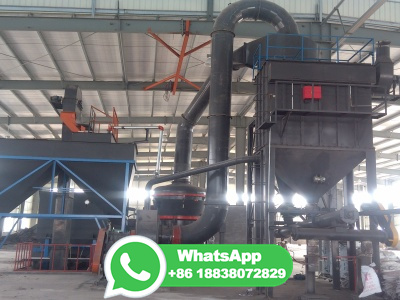
Best Answer. Copy. Peat becomes coal after being subjected to pressure from overlying sediments for long periods of time. Water and other organic materials are squeezed out of the peat, leaving ...

Reading: Coal. Figure 1. Bituminous coal. Coal (from the Old English term col, which has meant "mineral of fossilized carbon" since the thirteent century)is a combustible black or brownishblack sedimentary rock usually occurring in rock strata in layers or veins called coal beds or coal seams. The harder forms, such as anthracite coal, can ...

Meet Peat, the Unsung Hero of Carbon Capture. By Sabrina Imbler and Eden Weingart Feb. 21, 2022. Trapped in ground so wet that it could not decompose, the dead moss instead piled up, each layer ...

The weight of the sediment caused the peat to become compressed, and the heat and pressure from the overlying sediment caused the peat to undergo chemical changes that transformed it into coal. 4. Time: The process of coal formation took millions of years. Over time, the layers of sediment and plant material were subjected to more and more heat ...

Answers is the place to go to get the answers you need and to ask the questions you want

That peat, which is sometimes a precursor to coal, has its own long history: it is home to insects, fungi, bacteria and even burrowing tree roots, all of which help break down plants in a process ...